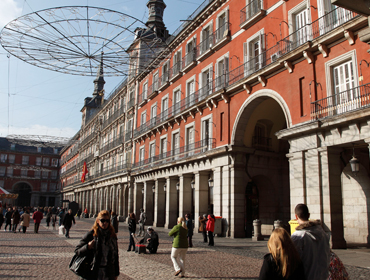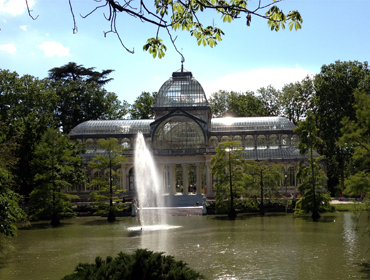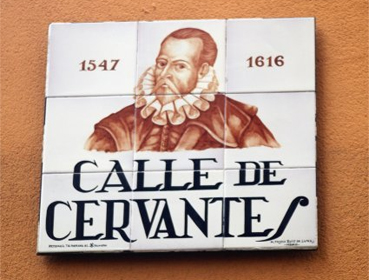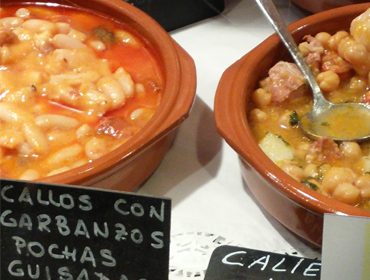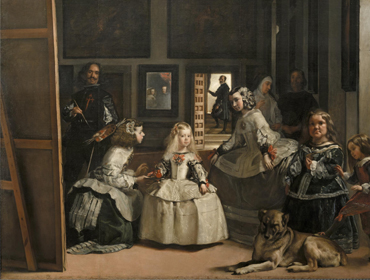Abanico cultural program
To learn more about the ONLINE cultural program
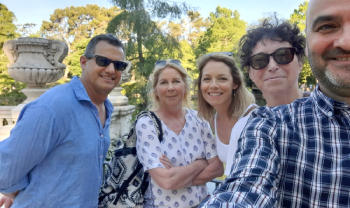
Was created with the idea of imparting to our students what no classroom study could ever achieve; total immersion. In a country like Spain that preserves innumerable socio-cultural, religious and gastronomic traditions, in combination with the vibrant atmosphere of Madrid, where history and modernity live together in a surprising way, culture becomes a rich source of inspiration. With its famous night-life, and three internationally art museums, there is much to see in this wonderful city.
The students, accompanied by one of our team, are invited to take part of our activities either within, or outside the school. It might be an excursion to one of the museums or to one of the many points of cultural interest in the city; there may be a lecture on a social, political, cultural or gastronomic theme; an afternoon of Hispanic film; or the visit of a professional who comes to our center to discuss with our students.…
All of these activities are planned to give greater depth to the students’ study programmes and to get the most from their stay with TILDE.
Some of our activities and walks
Empresa colaboradora:
Mundos Hispánicos

 Español
Español Français
Français Deutsch
Deutsch Русский
Русский

